Growth in Aircraft Manufacturing
The aircraft manufacturing sector in the US is experiencing robust growth, which is positively impacting the aircraft lightning-protection market. With an increase in new aircraft deliveries, estimated to reach 1,000 units annually by 2026, the demand for effective lightning protection systems is likely to rise. Manufacturers are investing in research and development to create materials and technologies that can withstand extreme weather conditions, including lightning strikes. This growth in manufacturing not only boosts the aircraft lightning-protection market but also encourages advancements in protective technologies, ensuring that new aircraft are equipped with state-of-the-art safety features.
Expansion of Commercial Aviation Sector
The expansion of the commercial aviation sector in the US is a key driver for the aircraft lightning-protection market. With an increase in air travel demand, airlines are expanding their fleets, necessitating enhanced safety measures. The projected growth in passenger numbers, expected to reach 1 billion by 2027, underscores the need for robust lightning protection systems. This expansion compels manufacturers to prioritize the development of advanced lightning protection technologies, ensuring that new aircraft meet safety standards. Consequently, the aircraft lightning-protection market is poised for growth as airlines invest in safety enhancements to protect their assets and passengers.
Rising Demand for Aircraft Safety Features
The increasing emphasis on safety in aviation is driving the aircraft lightning-protection market. Airlines and manufacturers are prioritizing the integration of advanced safety features to protect passengers and crew. This trend is underscored by the Federal Aviation Administration (FAA) regulations, which mandate stringent safety standards. As a result, the market is projected to grow at a CAGR of approximately 5.5% over the next five years. The aircraft lightning-protection market is expected to see a surge in demand for innovative solutions that enhance aircraft resilience against lightning strikes, thereby ensuring operational safety and reliability.
Increased Focus on Environmental Sustainability
The aviation industry's shift towards sustainability is influencing the aircraft lightning-protection market. As manufacturers seek to reduce their carbon footprint, there is a growing interest in lightweight materials that do not compromise safety. Innovations in lightning protection systems that utilize eco-friendly materials are becoming more prevalent. This trend aligns with the broader industry goal of achieving net-zero emissions by 2050. Consequently, the aircraft lightning-protection market is likely to see an influx of products that not only provide safety but also adhere to environmental standards, appealing to eco-conscious airlines and consumers.
Technological Innovations in Lightning Protection Systems
Technological advancements are reshaping the aircraft lightning-protection market. Innovations such as advanced composite materials and smart sensors are enhancing the effectiveness of lightning protection systems. These technologies allow for real-time monitoring and assessment of lightning risks, enabling proactive measures to be taken. The integration of such technologies is expected to increase the market's value, with projections indicating a potential growth of 6% annually. As manufacturers adopt these innovations, the aircraft lightning-protection market is likely to evolve, offering more reliable and efficient solutions to mitigate lightning-related risks.


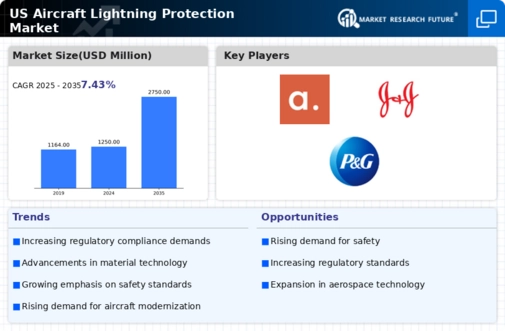
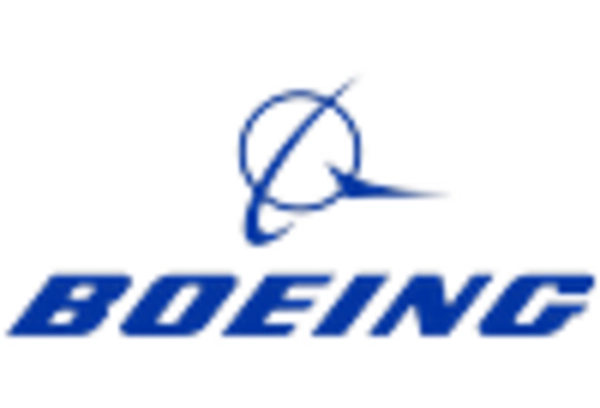

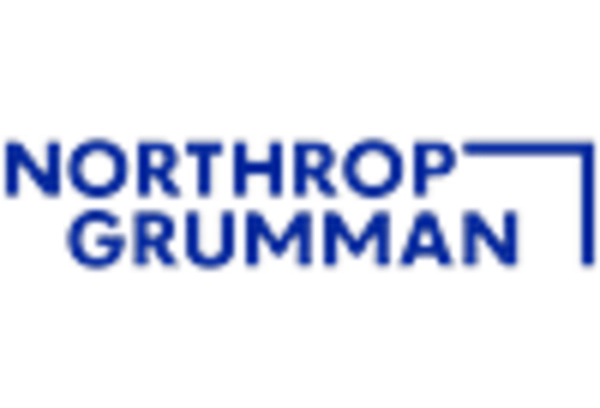
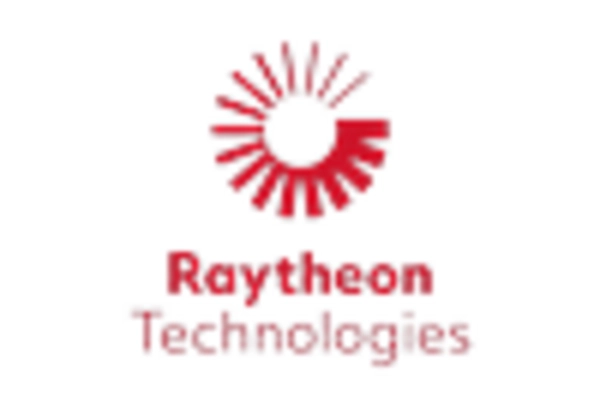
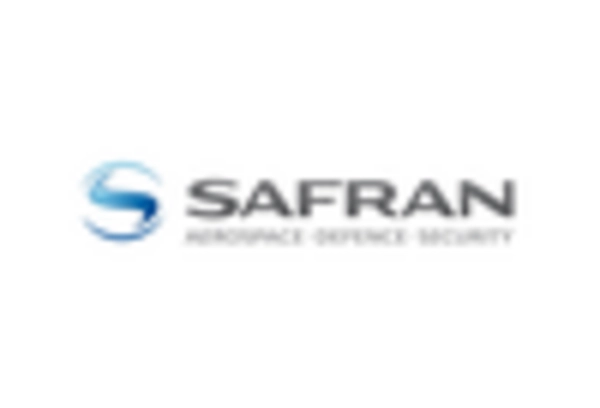









Leave a Comment